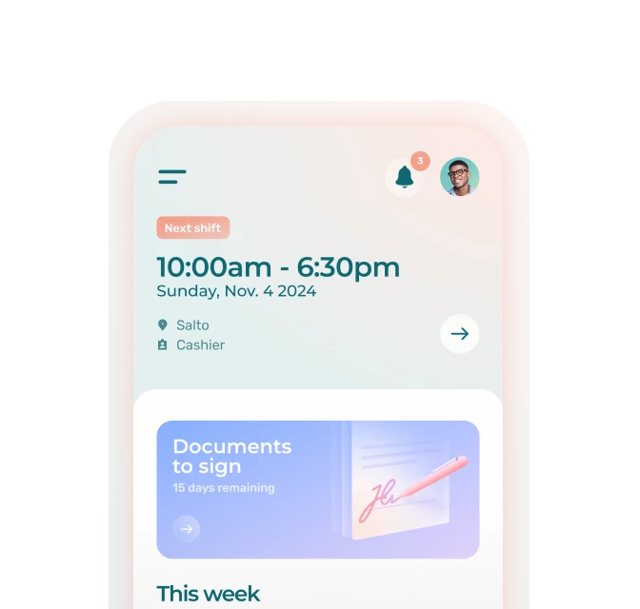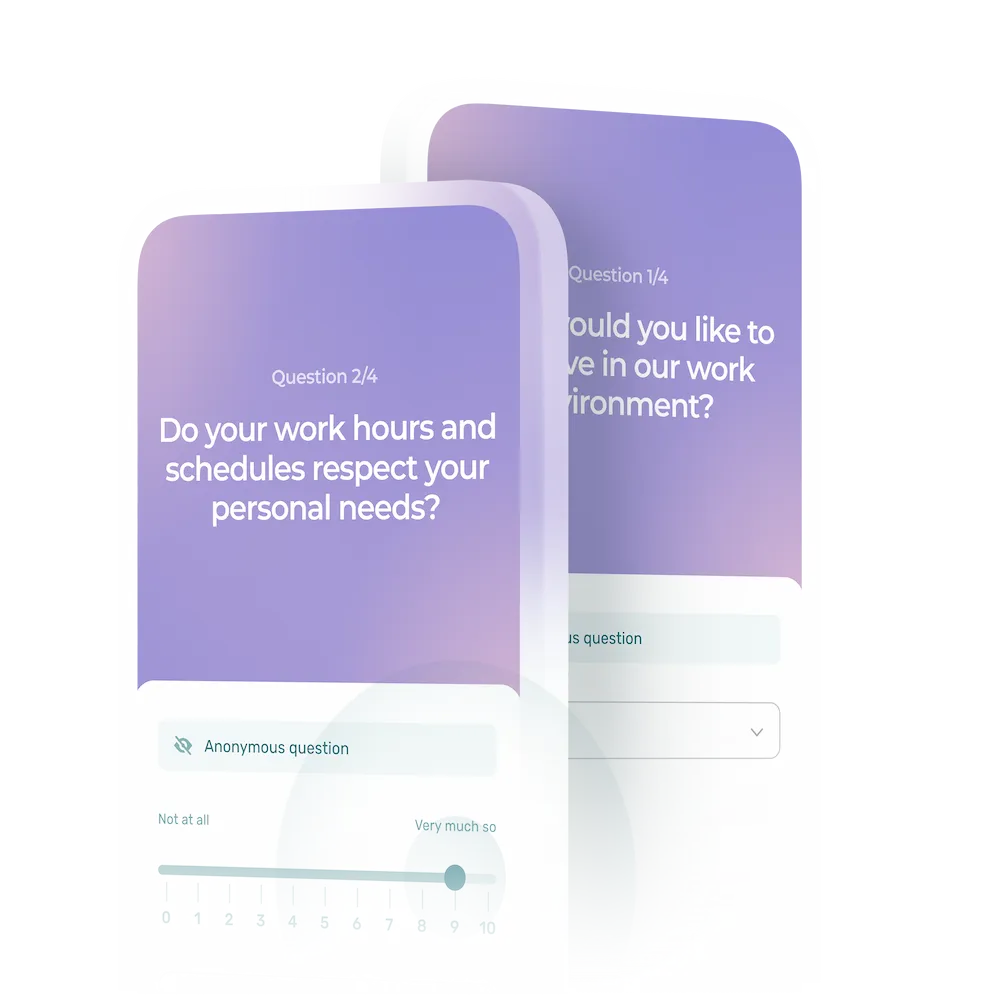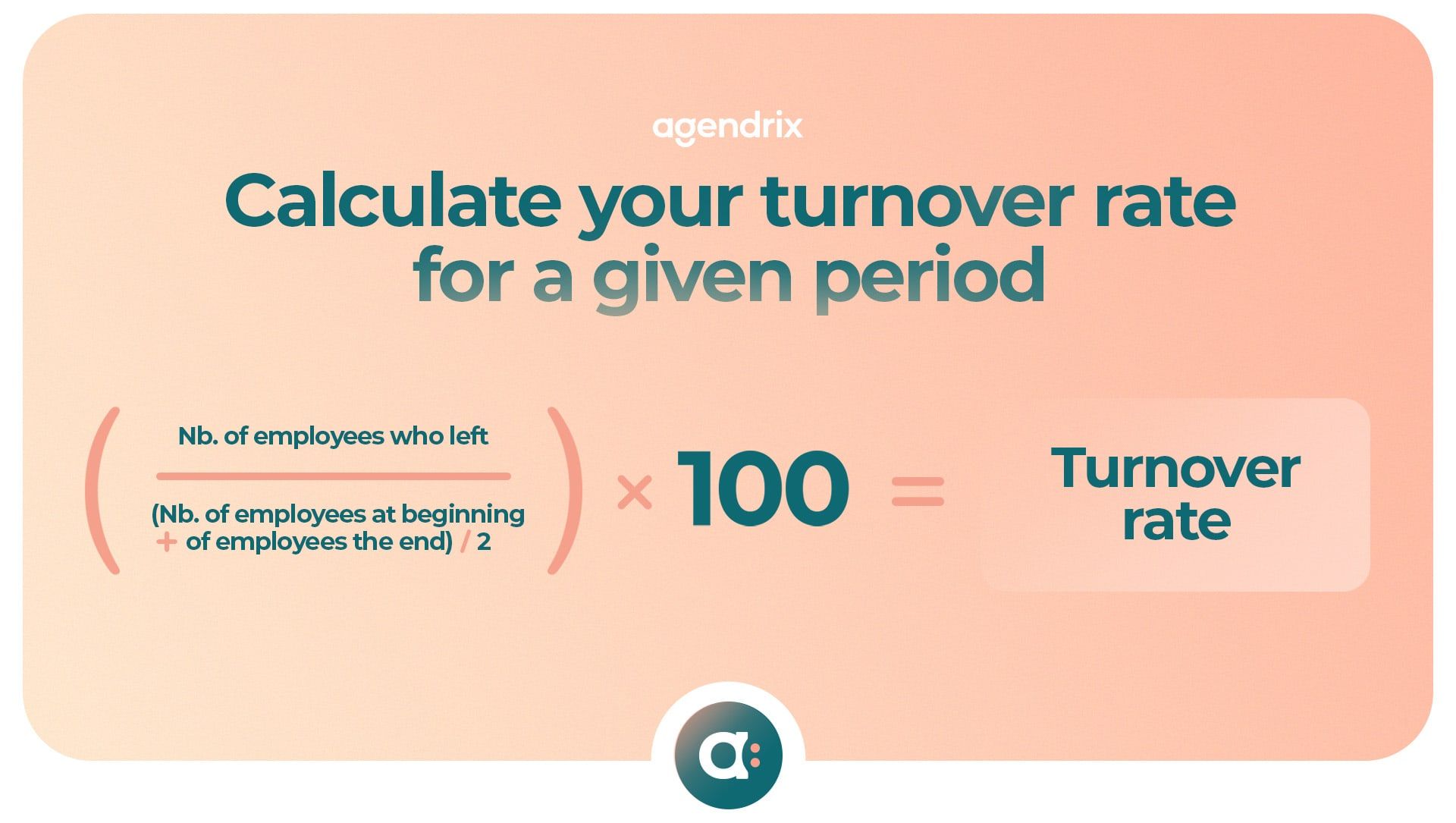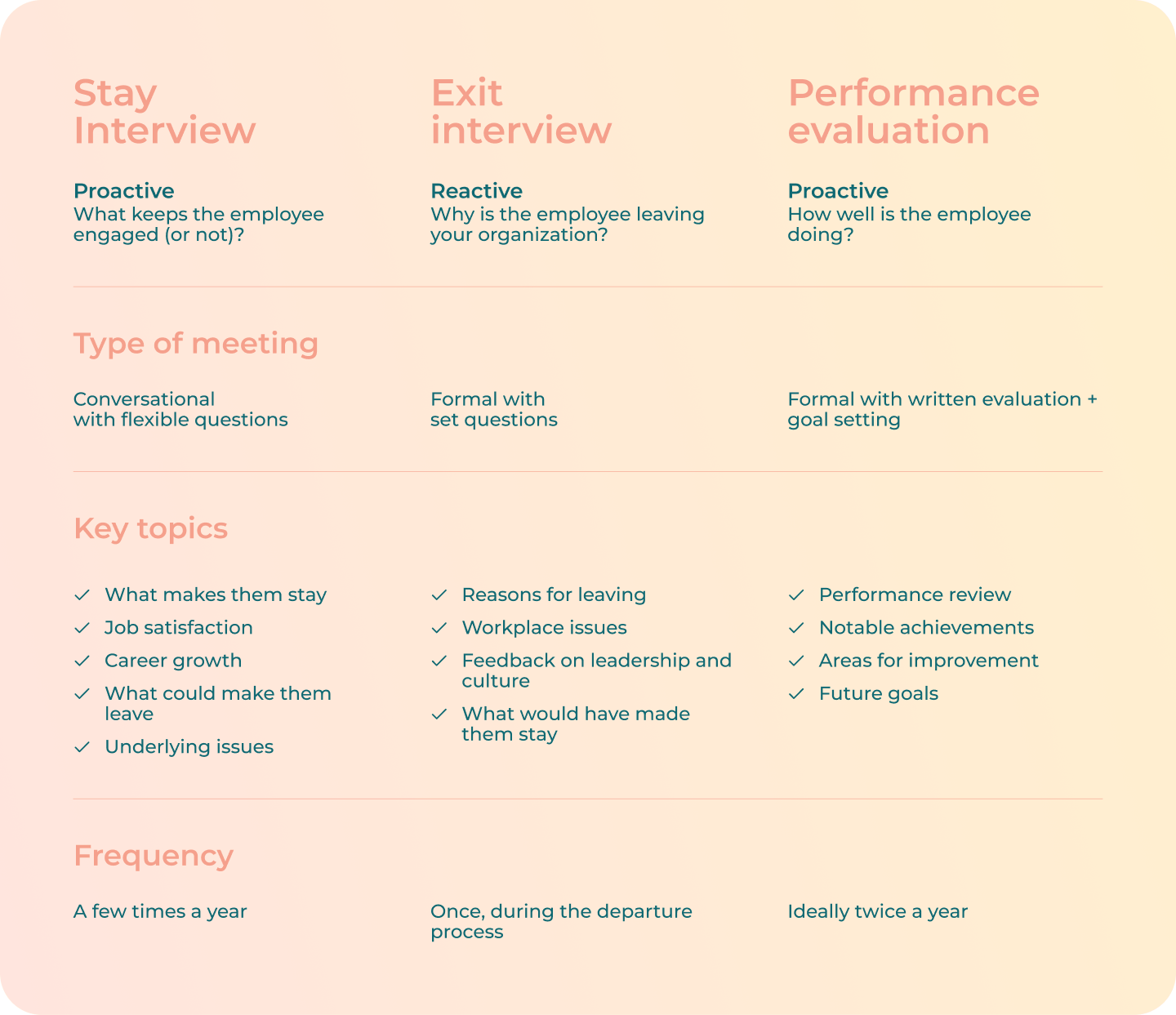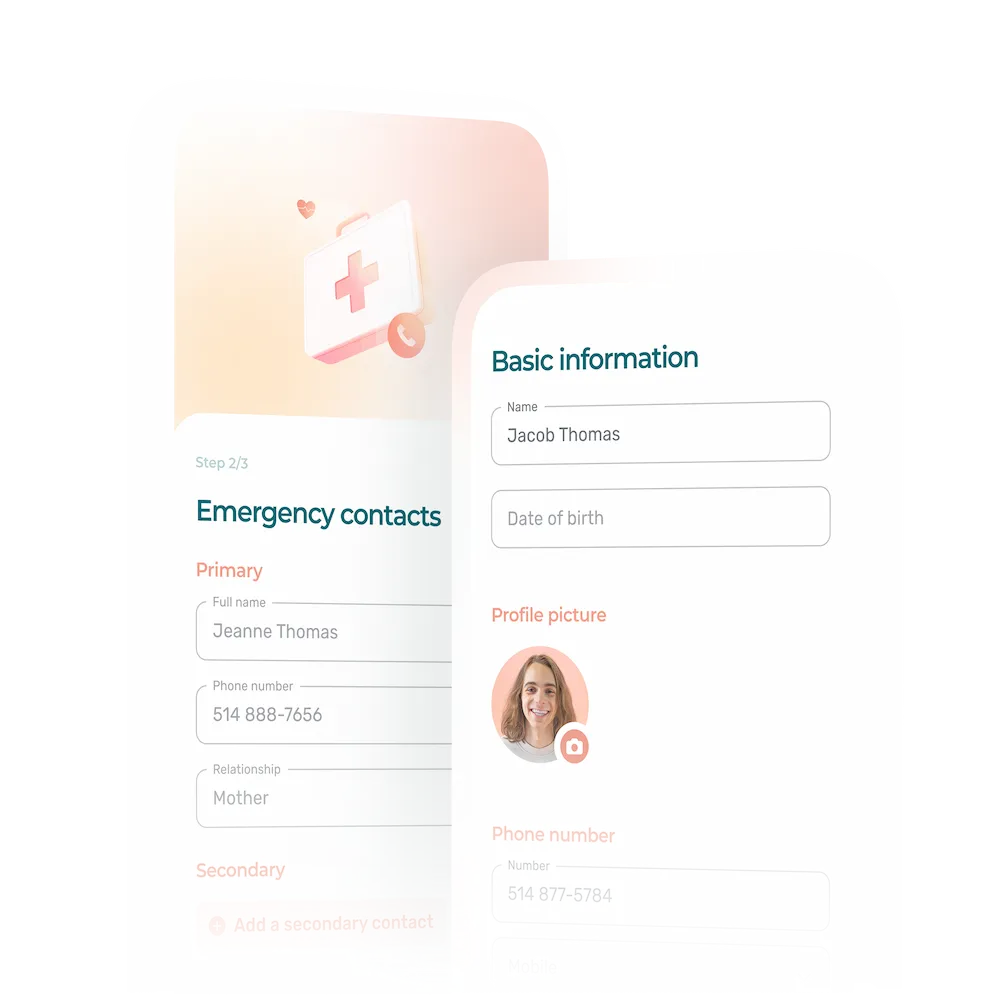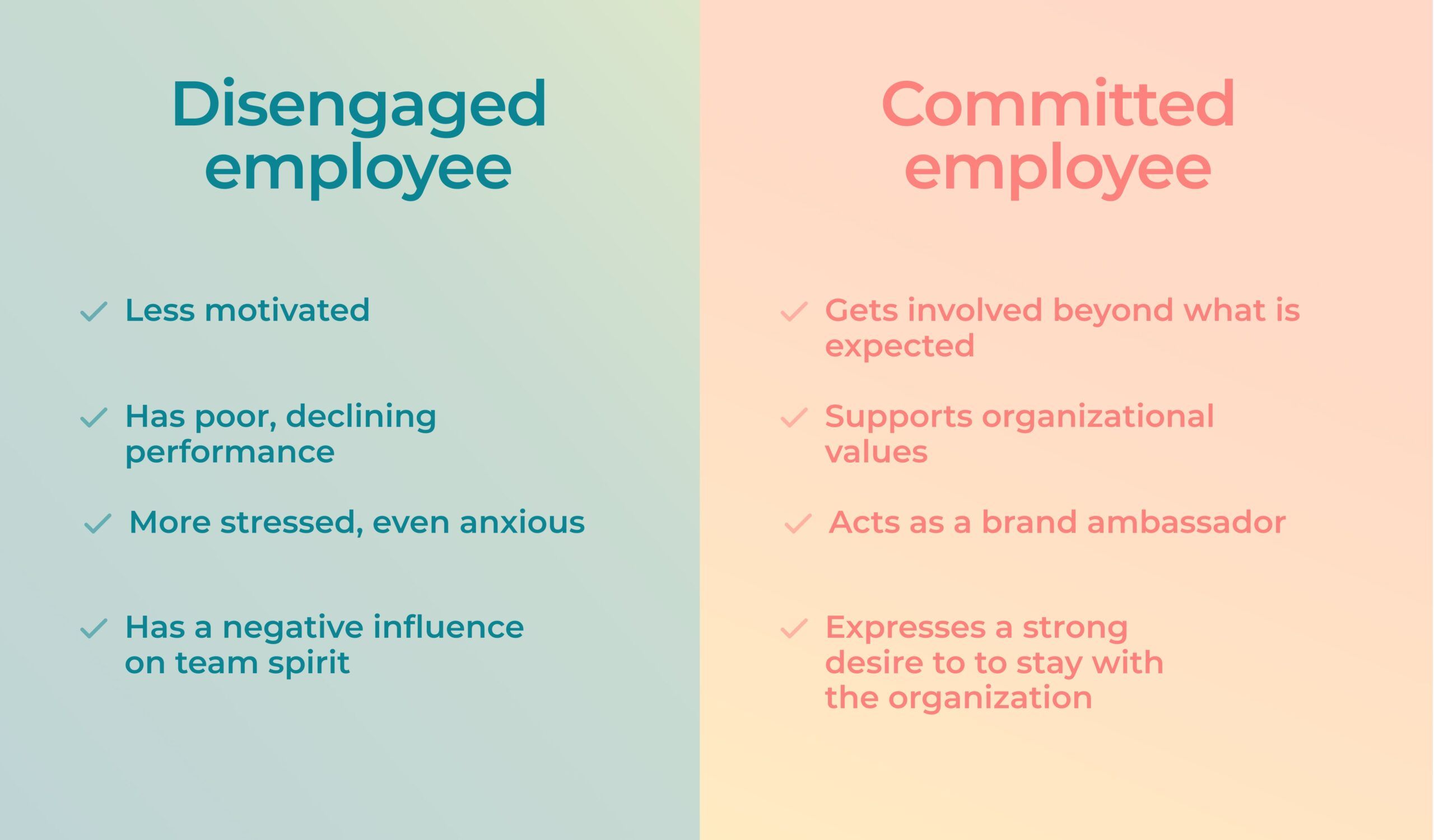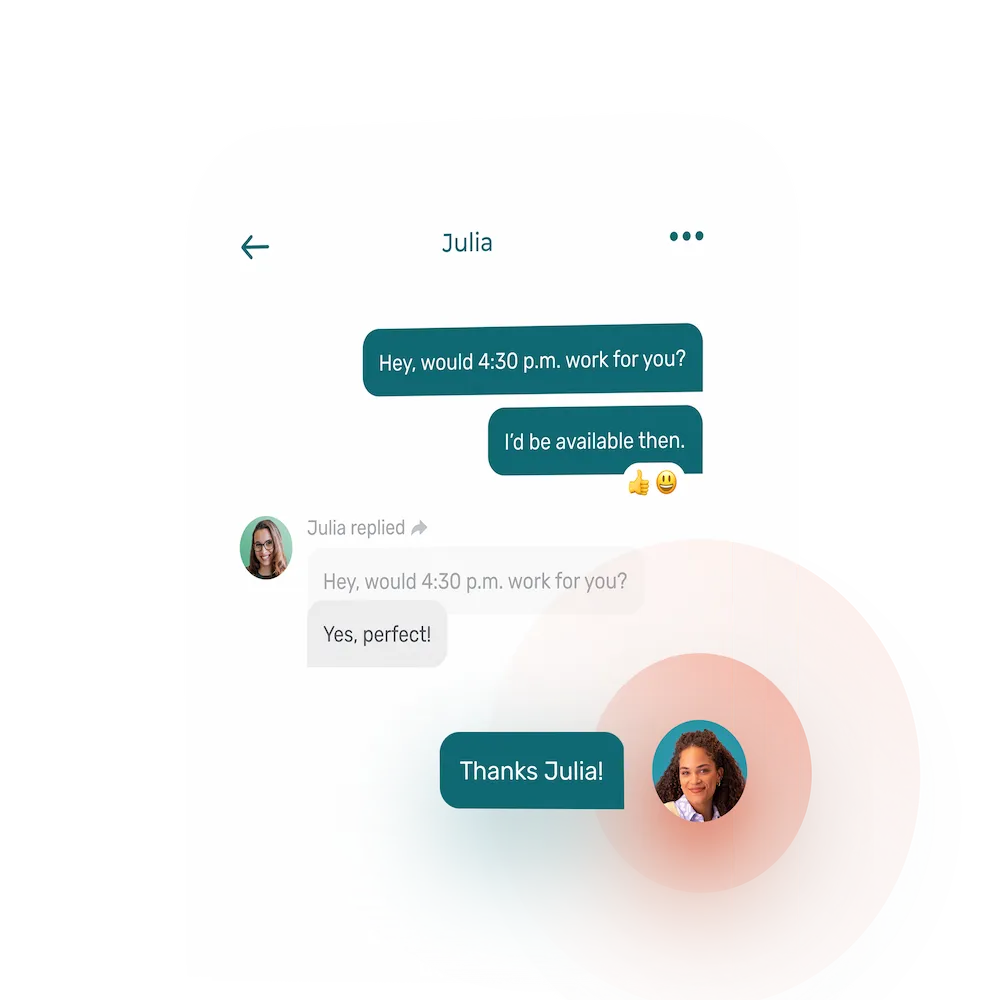Ever lose a top employee? What if I told you that a simple conversation, a stay interview, might have convinced them to stay?
It’s hard to understand why so many organizations overlook one of the most effective tools for employee retention. This guide covers everything you need to know about stay interviews—and how to add them to your staff management practices.
What Is a Stay Interview?
A stay interview is a one-on-one conversation between a manager and an employee to understand what keeps them engaged, satisfied at work, and committed to their role. Unlike exit interviews, which occur when an employee leaves, stay interviews proactively address retention by identifying what employees value and what improvements could enhance their work experience.
These discussions help reduce turnover, boost engagement, and create a positive workplace culture.
Why Conduct Stay Interviews?
Imagine this: One of your top-performing employees is leaving for another company. During the exit interview, they reveal the reason for their departure: they need more flexibility to manage family commitments. This takes you completely by surprise because they had never mentioned the need for a more flexible work schedule. Had you known, you would have gladly accommodated their needs.
This is where stay interviews can make all the difference. By proactively checking in with your employees about their concerns, motivations, and needs, you can address these issues before they lead to turnover.
Statistics on Stay Interviews: Why They’re So Important
Study after study expose a troubling fact: Failure to listen to employees and take action is creating disengaged workers, unwanted turnover, and hindered business performance.
- Employees who feel their voice is heard are 4.6 times more likely to feel empowered to perform their best work (Salesforce)
- And yet, 86% of employees feel their voices are not heard fairly or equally (UKG Workforce Institute)
- 73% of employees would consider leaving their current job if a better offer came along (Joblist)
- 52% of employees are actively seeking new job opportunities (Gallup)
- Only 25% of U.S. employees would tell others that their organization is a great place to work (Gallup)
Differences Between Stay Interviews, Exit Interviews, and Performance Evaluations
While stay interviews, exit interviews, and performance evaluations all involve conversations between employees and their managers, they serve very different purposes.
- Stay interview: focus is on employee retention
- Exit interview: goal is to gather feedback from employees who are leaving
- Performance evaluation: objective is to assess job performance and set future goals
We’ve put together a detailed comparison below to help you understand how these conversations fit into your larger employee engagement and retention strategy.
Comparison of Stay Interviews, Exit Interviews, and Performance Evaluations
Stay Interview
Purpose
- Understand what keeps employees engaged
- Identify potential retention risks
Areas of Focus
- Job satisfaction
- Career growth
- Work environment
- What makes them stay
- Potential underlying issues
Main Question Being Asked
- What’s going right?
Who Attends
- Employee
- Manager
Formal or Informal?
- Typically informal
- Structured as a conversation
Proactive or Reactive?
- Proactive
- Aims to retain employees before they consider leaving
Frequency
- Annually or biannually
- More often for key employees
Benefits for the Employee
- Feeling valued, heard, and supported in their career development
Benefits for the Organization
- Reduces turnover
- Strengthens engagement
- Proactively addresses workplace concerns
How Feedback Can be Used by the Organization
- Identify employee concerns
- Make improvements
- Recognize what works well
Common Misconceptions
- Only for unhappy employees
- Guarantees every request will be met
Exit Interview
Purpose
- Gather feedback from departing employees to improve workplace and culture
Areas of Focus
- Reasons for leaving
- Workplace issues such as toxic culture, favoritism, poor management, etc.
- Feedback on leadership and work conditions
Main Question Being Asked
- What went wrong?
Who Attends
- Employee
- HR or manager
Formal or Informal?
- Generally formal
- With set questions and documentation
Proactive or Reactive?
- Reactive
- Only happens after an employee decides to leave
Frequency
- Once, during the employee’s departure process
Benefits for the Employee
- Provides a platform to share honest feedback and potentially improve conditions for others
Benefits for the Organization
- Identifies patterns in turnover
- Provides areas for improvement in management and conditions
How Feedback Can be Used by the Organization
- Refine retention strategies
- Improve culture
- Address workplace weaknesses
Common Misconceptions
- Employees won’t be honest
- Won’t make a difference
Performance Evaluation
Purpose
- Assess an employee’s performance
- Set goals
- Provide feedback on responsibilities
Areas of Focus
- Employee performance
- Achievements
- Areas for improvement
- New updated goals
Main Question Being Asked
- How well are you doing your job?
Who Attends
- Employee
- Manager
Formal or Informal?
- Formal
- Often includes written evaluations and goal setting
Proactive or Reactive?
- Proactive
- Assesses past performance while setting future goals
Frequency
- Typically once or twice a year
Benefits for the Employee
- Helps employees understand expectations, receive constructive feedback, and plan career growth
Benefits for the Organization
- Aligns employee performance with company goals
- Increases productivity and efficiency
How Feedback Can be Used by the Organization
- Set performance goals
- Provide training
- Make decisions about promotions and compensation
Common Misconceptions
- Just a formality
- Only about negative feedback
Can a Satisfaction Survey Replace Stay Interviews?
You might also be thinking that stay interviews sound a lot like employee satisfaction surveys. You’re not entirely wrong, as they both help managers collect precious feedback on work conditions and employee well-being. But there are some key differences to keep in mind.
Stay Interview
Purpose
- One-on-one meeting to understand why employees stay and how to improve their experience
Response Rate
- Generally higher, especially with key employees or those at risk of leaving
Time & Effort
- Time-intensive, requiring individual interviews
- Typically done twice a year or at key milestones (e.g., 90 days, 180 days for new hires)
Key Insights
- Provides in-depth, personalized feedback with immediate, actionable insights
Benefits
- Focused on retention and addressing individual employee concerns with immediate action steps
Employee Satisfaction Survey
Purpose
- Broad, anonymous surveys to measure overall employee sentiment, satisfaction, and engagement
Response Rate
- Generally lower due to anonymity and less personal connection
Time & Effort
- Less time-consuming, reaching a large audience at once
- Typically conducted quarterly or annually—although regular pulse checks are also a good practice
Key Insights
- Offers broad, trend-based data to identify systemic issues or organizational-wide trends
Benefits
- Tracks overall organizational health, pinpoints patterns, and identifies areas for improvement at a macro level
Using periodic stay interviews and more frequent employee surveys can be a smart retention strategy, as it will give you a more well-rounded understanding of overall employee satisfaction.
💡While some employees feel comfortable sharing what isn’t going well during stay interviews, others might prefer sharing issues anonymously. That’s why a combination of both stay interviews and engagement surveys are a great strategy.
Download our free employee satisfaction survey template
Key Benefits of Stay Interviews
Stay interviews can be a great way to support or strengthen your workplace culture, increase retention, and improve overall employee satisfaction. If your business is serious about retaining its top talent, consider stay interviews as an essential employee retention tool.
Why Stay Interviews are Important for Your Business
Reduces employee turnover – Identifying potential retention risks early lets you come up with proactive solutions to keep employees engaged.
Boosts employee engagement – Understanding what motivates employees lets you take the right steps to creating a more fulfilling workplace culture.
Enhances the workplace culture – Actively listening and addressing feedback allows you to foster a culture of continuous improvement.
Improves leadership effectiveness – Having direct insights into employee needs allows you to lead more effectively.
Saves recruitment and training costs – Retaining employees is far more cost-effective than hiring and training new ones.
Strengthens the employer brand – Organizations known for valuing employees and prioritizing engagement become more attractive to top talent.
Why Stay Interviews are Important for Your Employees
Makes them feel valued and heard – Giving employees a voice shows them that their opinions and experiences matter.
Encourages career growth – Allowing employees to discuss their career goals with their manager and opportunities for development helps build loyalty.
Improves job satisfaction – Discussing employee concerns on a regular basis so that you can address them they become major issues shows employees that their happiness matters to you.
Builds a stronger relationship – Holding open one-on-one meetings with employees strengthens their trust in you as a manager.
Provides clarity on expectations – Giving employees clearer insight into their future at the company and what support is available to help them succeed will make them less likely to seek employment elsewhere.
Stay Interview Best Practices
Stay interviews don’t have to be complicated, but they do require thoughtful planning to ensure you collect honest and useful feedback. Based on insights from the Finnegan Institute, here are six key best practices to follow:
- Secure executive buy-in: Like many organization-wide initiatives, leadership support is crucial for a successful stay interview program. Executives should actively endorse and prioritize employee retention. They can also lead by example by conducting the stay interviews themselves.
- Quantify the impact: If you’re able to translate employee turnover and engagement into financial terms, it will make the initiative much more compelling than simply focusing on your turnover rate.
- Clarify roles: While the HR team can provide guidance and track progress on retention and engagement, it’s the leaders and managers outside of HR who must be held accountable for these metrics.
- Set clear goals: Hold leaders and managers accountable for retention and engagement goals. This sends a clear message that keeping employees engaged is a priority for everyone in the organization.
- Carefully select stay interview questions: Ask proven stay interview questions that will provide 360-degree insights so that you don’t omit important areas of focus or waste employees’ time. Don’t be too rigid during the discussion: if you see that a topic requires more time, don’t be afraid to drop a couple questions to dig deeper on a given matter.
- Ensure leaders have the necessary skills: To effectively conduct stay interviews, leaders need to be skilled in active listening, note-taking, probing for deeper insights, and taking responsibility for action steps. These skills can be developed through manager training programs if necessary.
Bonus Tips for Conducting Stay Interviews
- Prioritize if time is an issue: Begin stay interviews with new hires, high performers, and high-potential employees, as they are at greater risk of leaving prematurely.
- Hold stay interviews twice a year: Conduct stay interviews at least every six months to maintain an ongoing dialogue. For new hires, don’t wait that long. Schedule the first stay interview at 90 days and the second at 180 days.
- Structure the interview: Use a template to keep stay interviews consistent and focused. Ask the same set of questions to all employees for uniformity, but also keep an open mind in case an employee shares something that’s outside your normal frame.
- Centralize information: Store stay interview answers in a centralized location, like your HR Management Software, so that insights can be easily accessed and tracked.
- Take action: Since the primary goal of stay interviews is to retain employees, it’s critical to act on the feedback provided and offer meaningful solutions whenever possible. This shows employees that their voices are valued.
Other Names for Stay Interviews
Some organizations prefer to use alternative names to “stay interview” to better align the initiative with their corporate culture. Here are a few variations:
- Retention conversation – Emphasizes the goal of keeping employees engaged and reducing turnover.
- Engagement check-in – Highlights the focus on employee satisfaction and motivation.
- Employee experience discussion – Frames it as a broader conversation about workplace experience.
- Growth & satisfaction chat – Focuses on career development and workplace happiness.
- Why you stay meeting – Puts the emphasis on understanding retention factors.
- Future at [Company] conversation – Positions it as a discussion about long-term career goals.
- Workplace pulse check – Suggests it’s a quick, regular check-in on job satisfaction.
Top 10 Stay Interview Questions to Ask
1. What do you look forward to most when you come to work each day?
Why ask this: Starting on a positive note helps employees reflect on what they enjoy about their job. Their answers can reveal what’s working well in your organization.
2. What do you dread about work every day?
Why ask this: This follow-up question uncovers pain points that employees might hesitate to mention. Addressing these issues can improve job satisfaction.
3. What skills are you currently learning in your role?
Why ask this: Encouraging employees to think about their personal growth shows that you value their development, fostering motivation and engagement. It also helps them realize what they are learning through your organization.
4. Are there any skills or talents you’re not using in your current role?
Why ask this: This question signals that you’re interested in fully utilizing their capabilities. It can lead to discussions about growth opportunities and better role alignment.
5. Why do you stay with us?
Why ask this: This helps employees reflect on their key motivations for staying. Their answers provide insight into what they value most about the company.
6. What would make you consider leaving the company?
Why ask this: Identifying potential reasons for leaving helps you proactively address risks before they turn into actual resignations.
7. When was the last time you thought about leaving, and what prompted it?
Why ask this: Every employee considers leaving at some point. Understanding past frustrations can help prevent similar issues in the future.
8. What is the number one thing I could do to improve your experience here?
Why ask this: This invites constructive feedback and gives you specific action points to enhance the employee experience.
9. As a manager, what can I do to make your experience at work better?
Why ask this: This allows employees to share feedback on your leadership style. It demonstrates your commitment to continuous improvement and strengthens relationships.
10. What would you like me to do more of, or less of, as your manager?
Why ask this: This helps employees identify specific managerial behaviors that impact their experience. It could be they want more support, more autonomy, or more frequent team communication.
How to Use Stay Interview Data to Drive Improvement
Stay interview data can improve retention, job satisfaction, and workplace culture—but only if used effectively. Here’s how:
- Analyze employee responses to identify strengths (e.g., leadership, recognition) and areas for improvement (e.g., career growth, communication).
- Track feedback trends over time to measure the success of initiatives and spot emerging concerns early.
- Combine stay interview data with other organizational metrics to inform retention strategies. You can include this data in your HR dashboard with key metrics to track.
- Turn feedback into action by implementing relevant programs, such as career development or work-life balance improvements.
- Share outcomes with employees to build trust and foster a transparent, positive workplace culture.
A Stay Interview Today, Effective Employee Retention for Tomorrow
Creating a workplace where employees feel heard and appreciated is one of the most effective ways to retain top talent. Stay interviews, when done right, give managers a chance to engage meaningfully, identify friction points, and take proactive action before problems lead to turnover.
By making employee engagement a part of your everyday management—not just exit interviews—you’re investing in long-term team satisfaction.
Here’s How Agendrix Can Help
Agendrix offers several built-in features that simplify and enhance your stay interview process:
- Document key insights from stay interviews directly in employee profiles, helping you track conversations over time.
- Send and analyze surveys in parallel to gather quantitative data that complements your one-on-one discussions.
- Create onboarding reminders for stay interviews at the 60-, 90- or 180-day mark, so no opportunity for early feedback is missed.
- Centralize notes and follow-ups to ensure transparency and accountability across the team.
Whether you’re running your first stay interviews or refining an existing process, Agendrix helps you make them actionable and repeatable—just like the rest of your employee management.
What is a stay interview?
Many people assume a stay interview is the same as an exit interview. A stay interview is a structured, proactive conversation with current employees to understand what keeps them engaged and what might cause them to leave.
How is a stay interview different from an exit interview?
Exit interviews happen when an employee has already decided to leave, offering little opportunity to make changes. Stay interviews focus on retention and engagement before issues escalate.
How often should stay interviews be conducted?
Some wonder if they should happen annually, quarterly, or on an as-needed basis. Best practices suggest regular, scheduled conversations (e.g., twice a year) to catch concerns early. But each manager can see what best suits their business and adapt.
Who should conduct stay interviews?
Should it be HR, direct managers, or even senior leadership? Ideally, direct supervisors should conduct stay interviews, as they have the closest relationships with employees and can act on feedback more effectively.
What questions should a manager ask in a stay interview?
People often seek structured, open-ended questions that go beyond generic “Are you happy here?” Examples include:
- What do you enjoy most about your job?
- What would make your work experience even better?
- Have you ever considered leaving? If so, why?
What to do with the feedback of a stay interview?
Many businesses struggle with what to do after a stay interview. The key is to take meaningful action—otherwise, employees will feel their input doesn’t matter. Managers should document, follow-up and ask for feedback when changes have been implemented.


